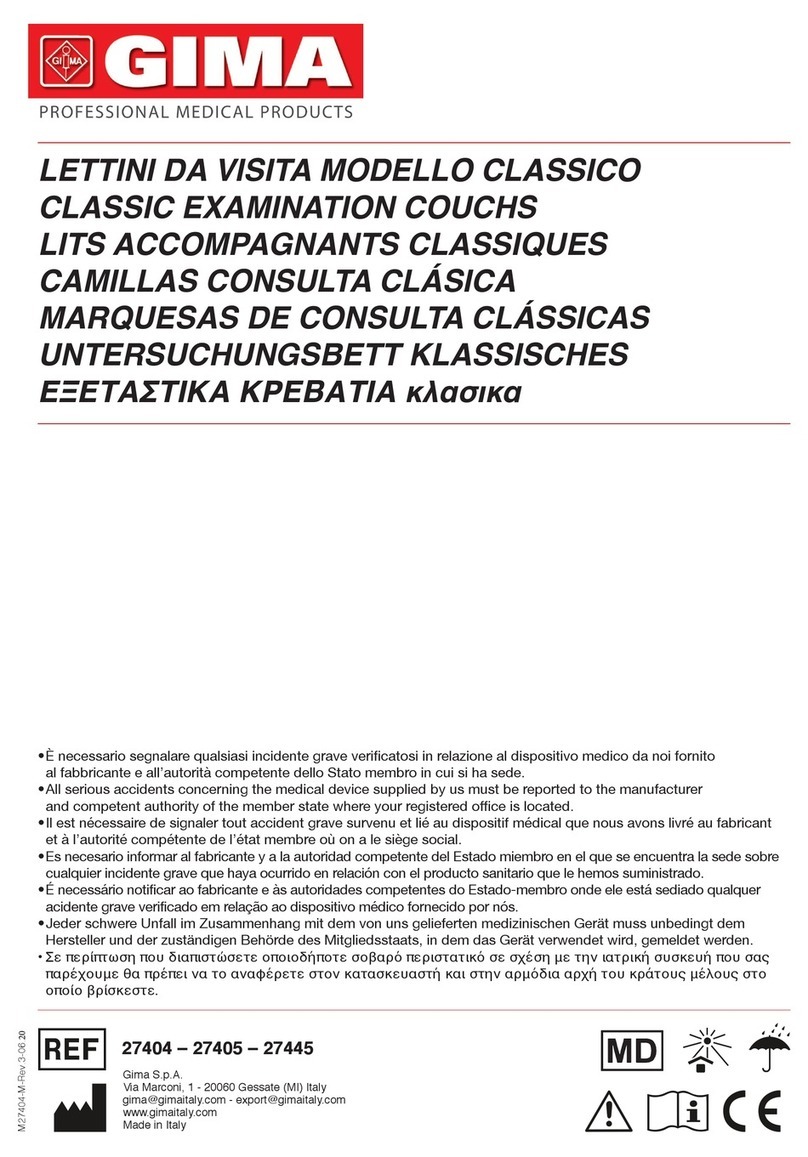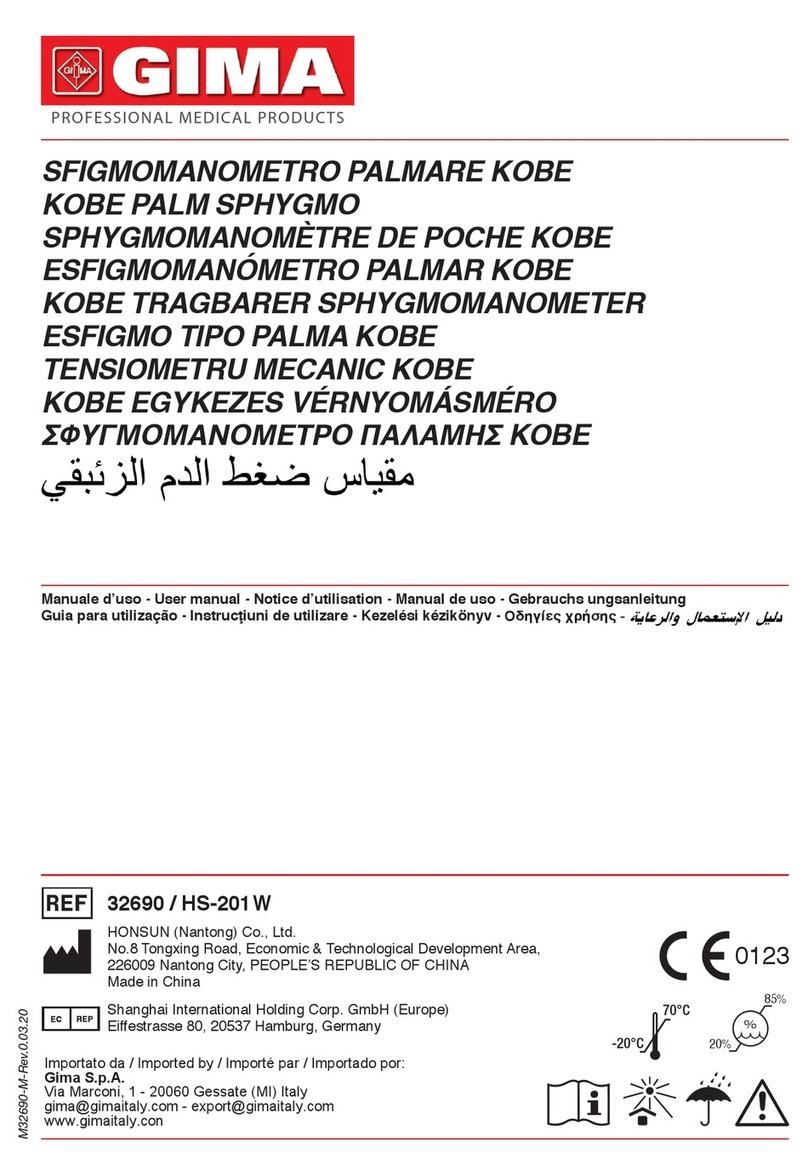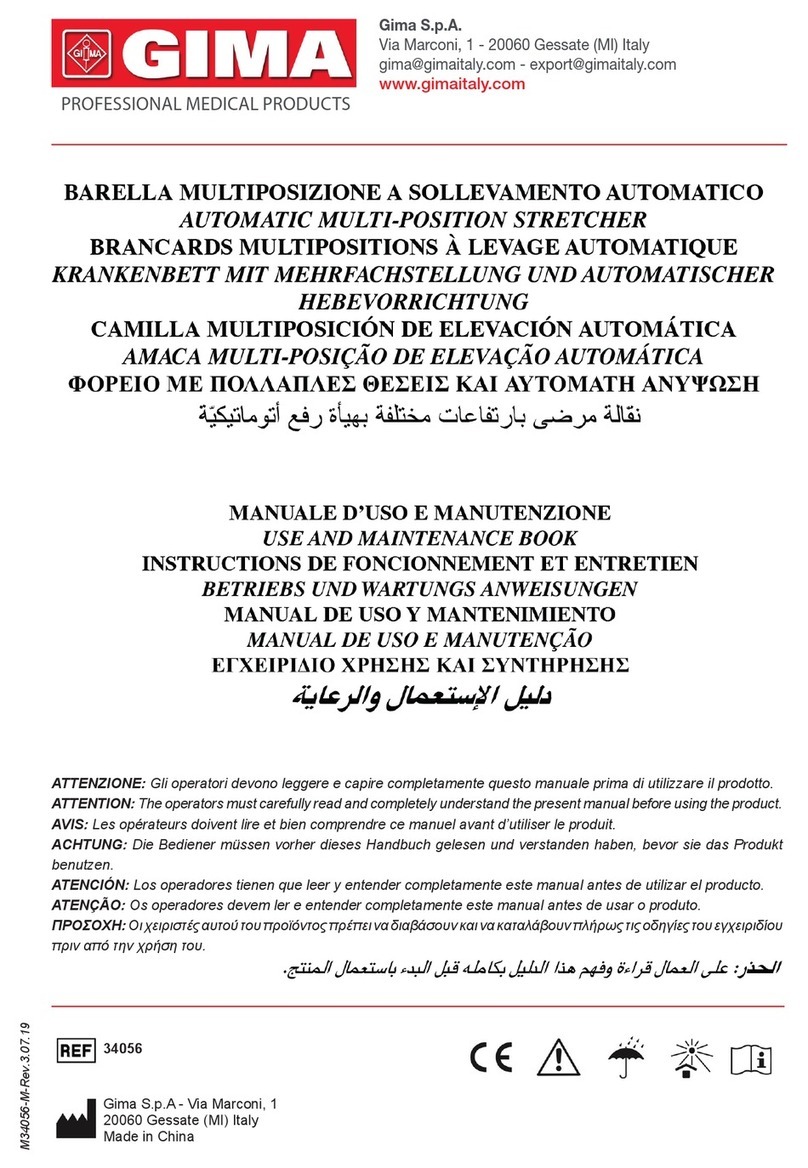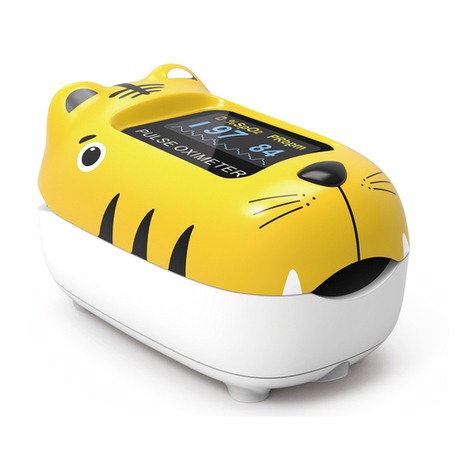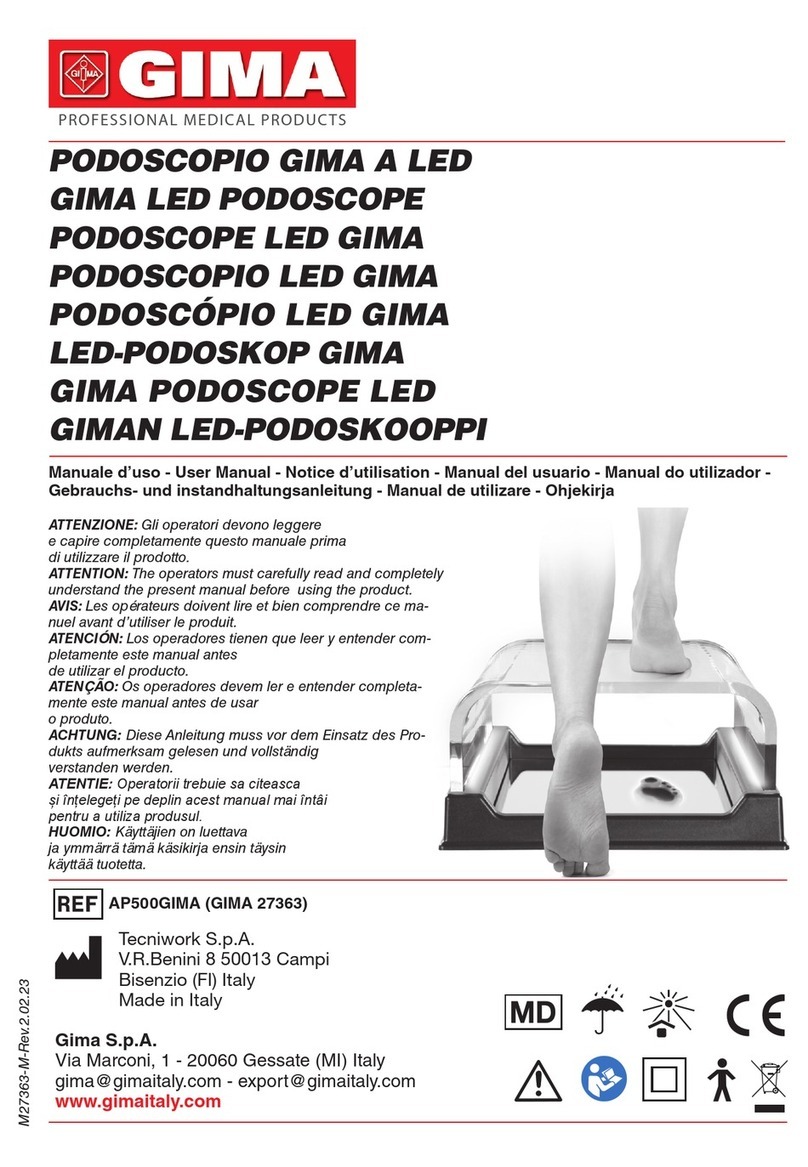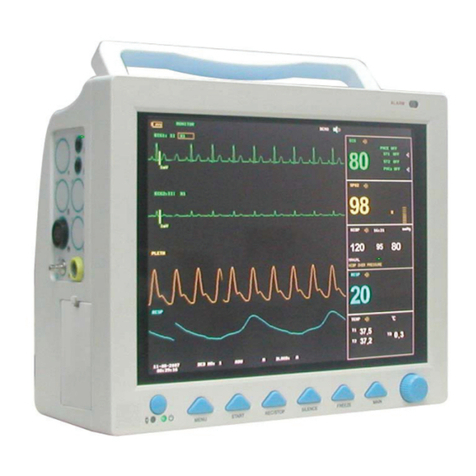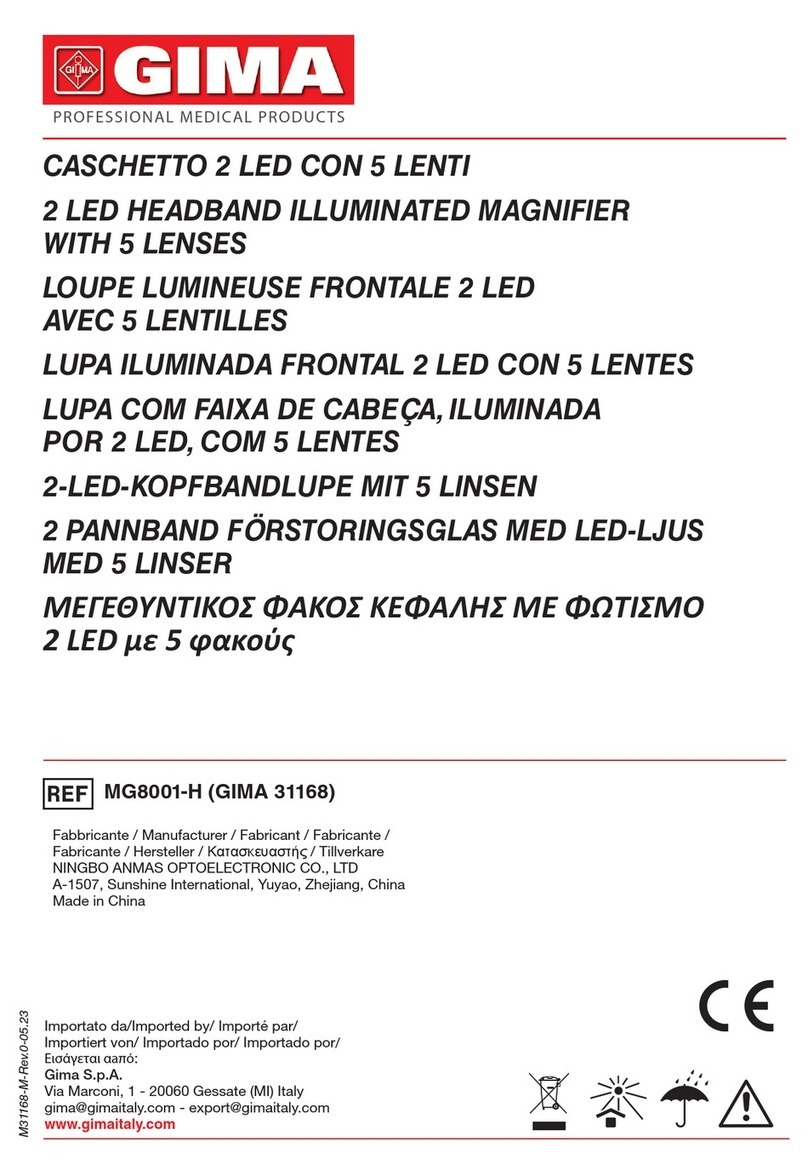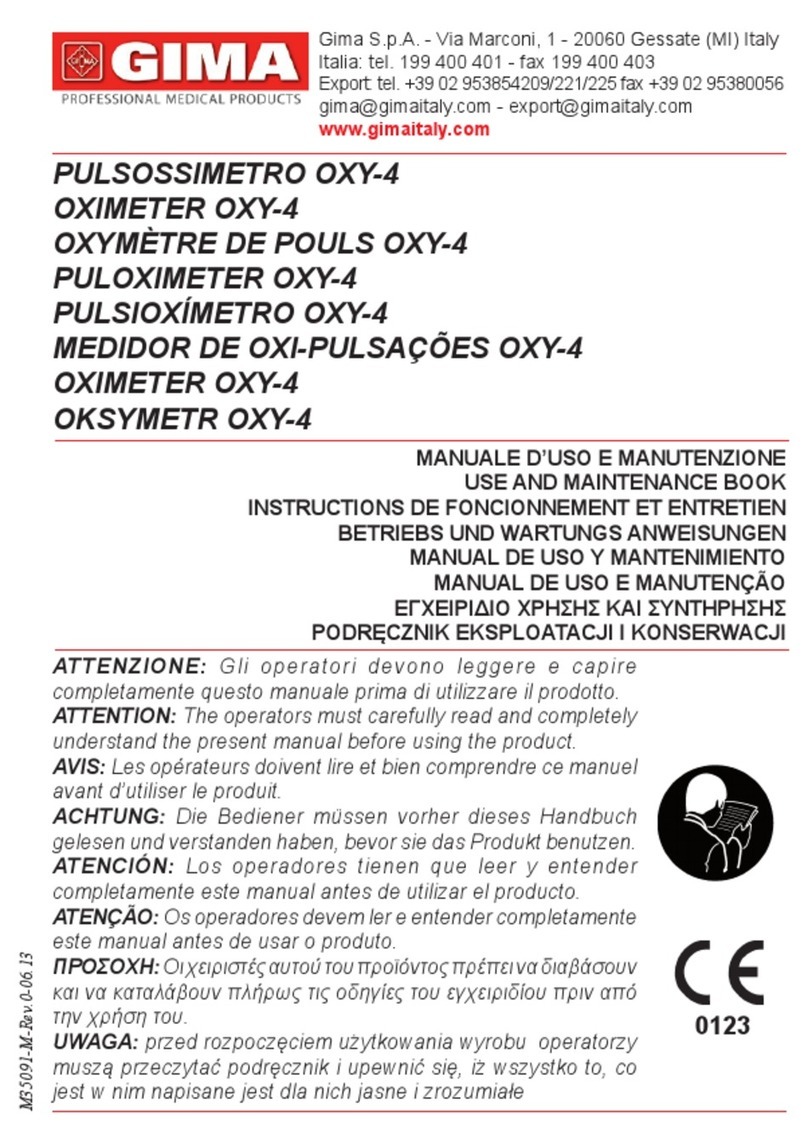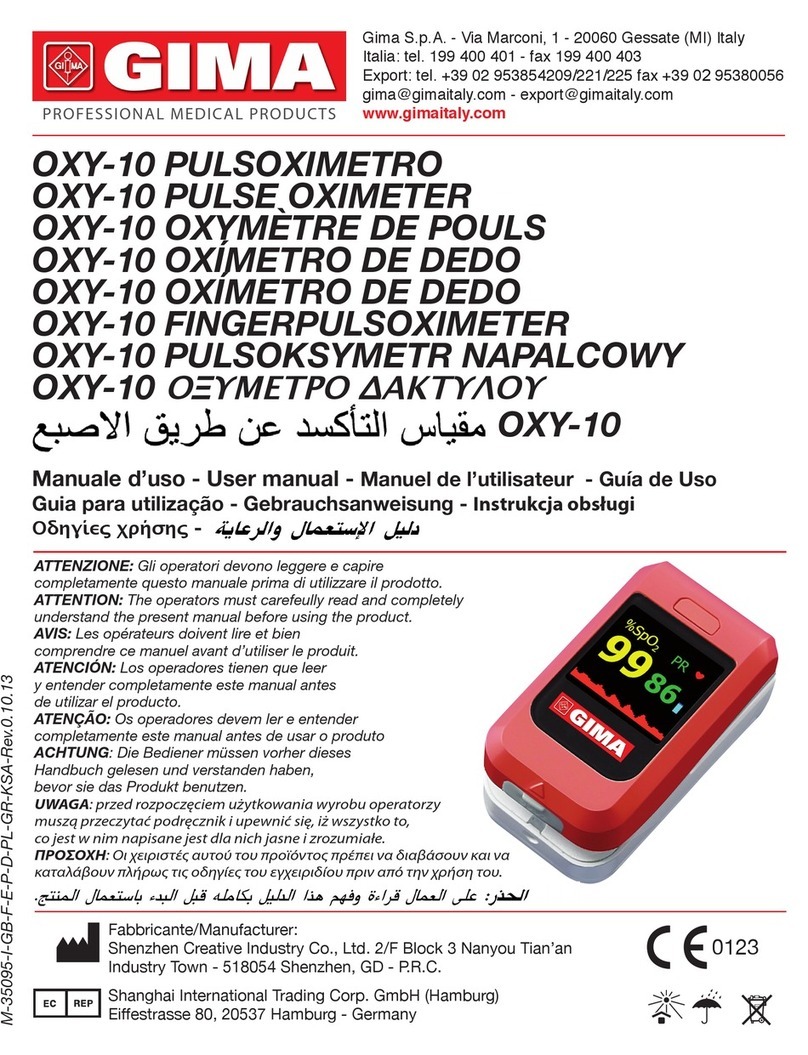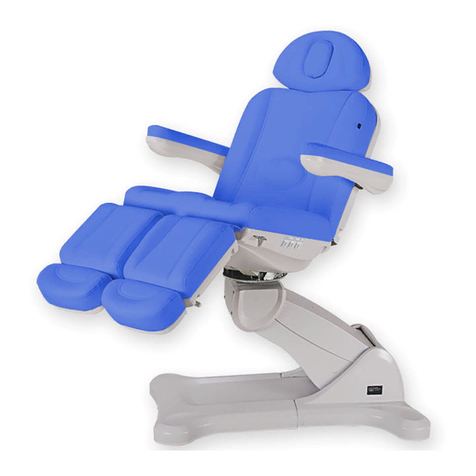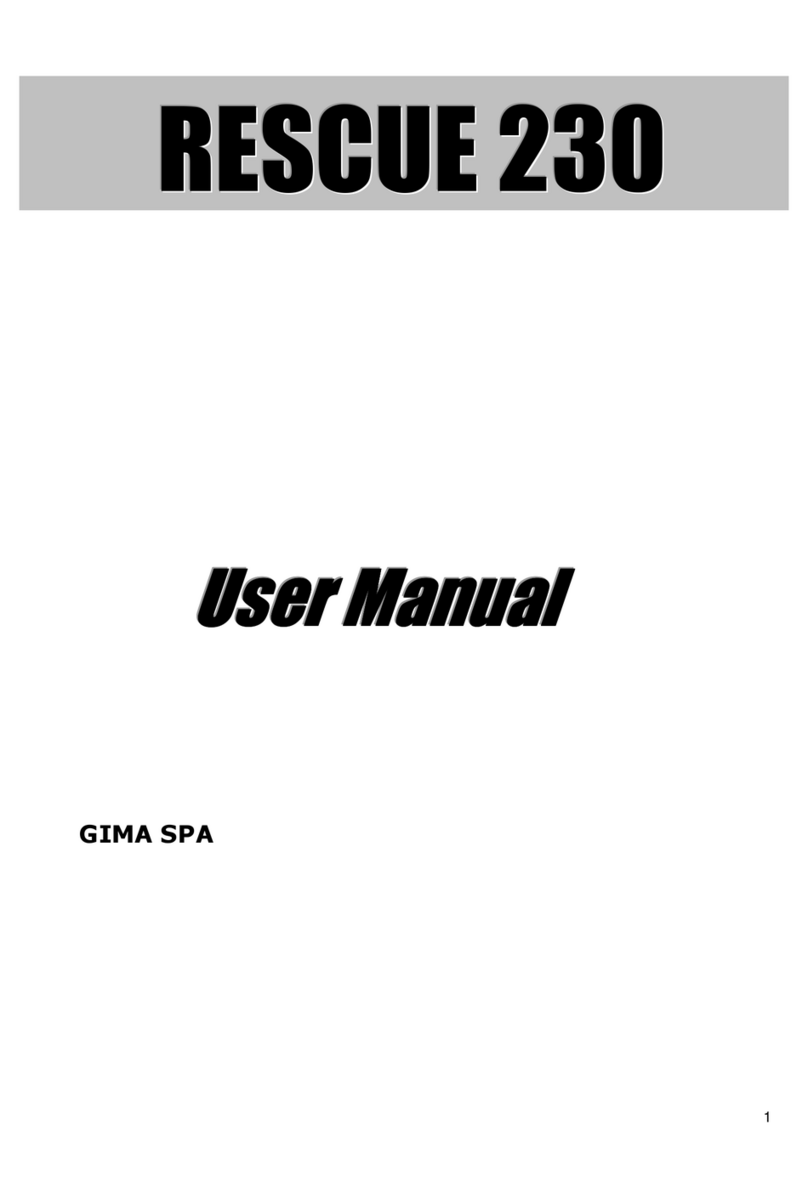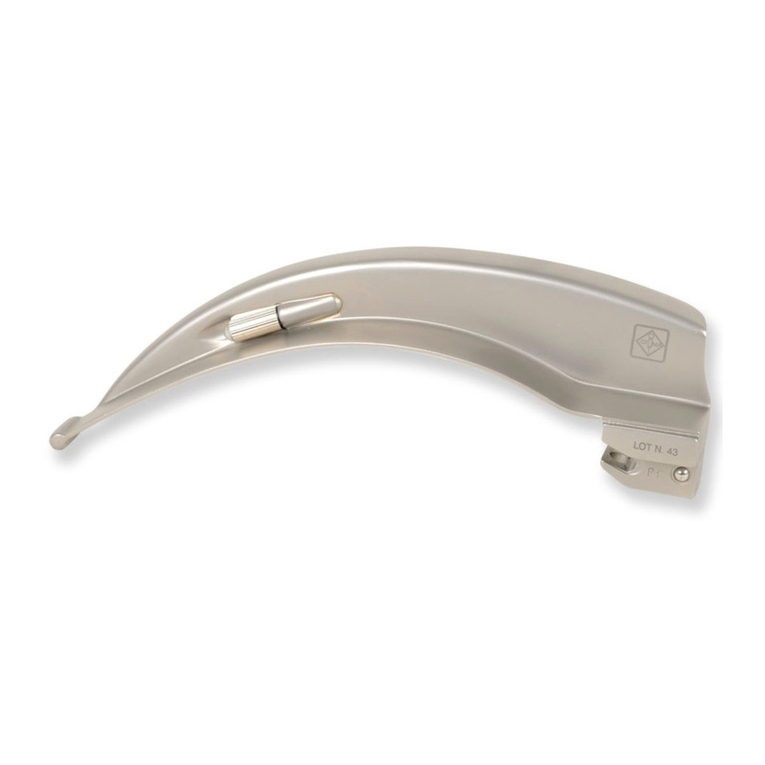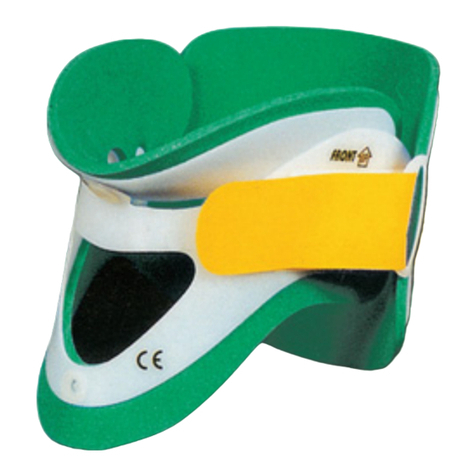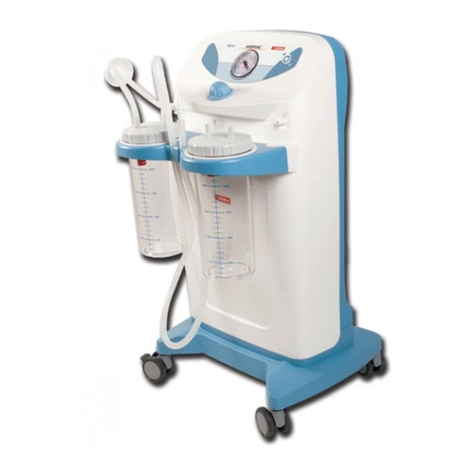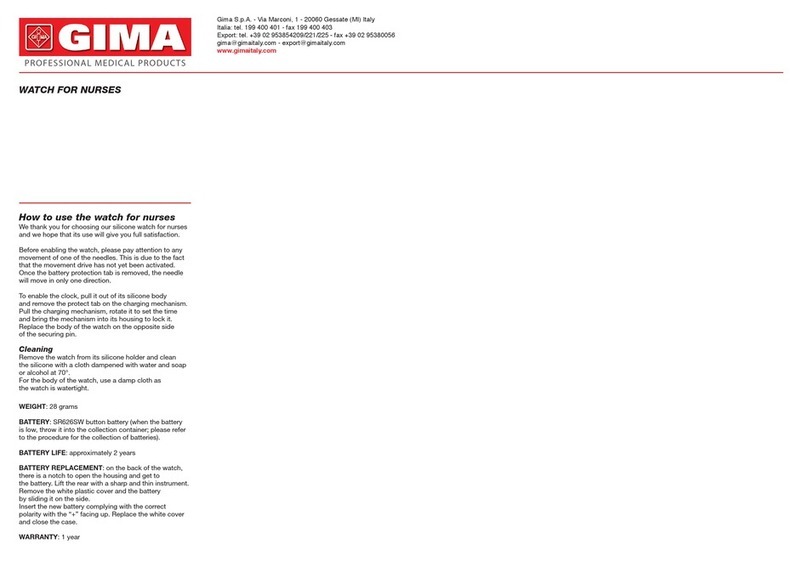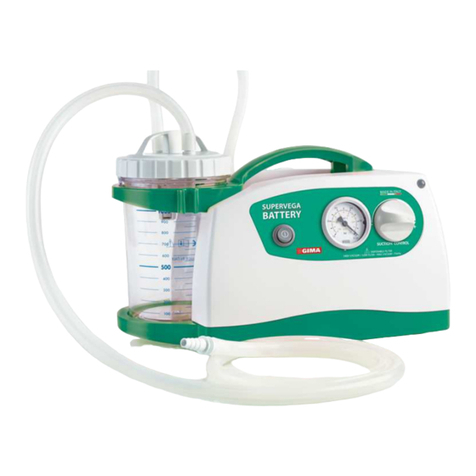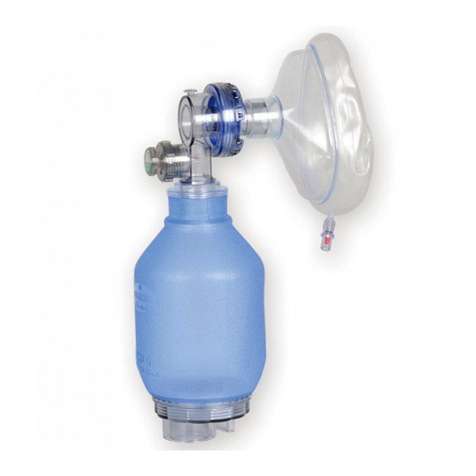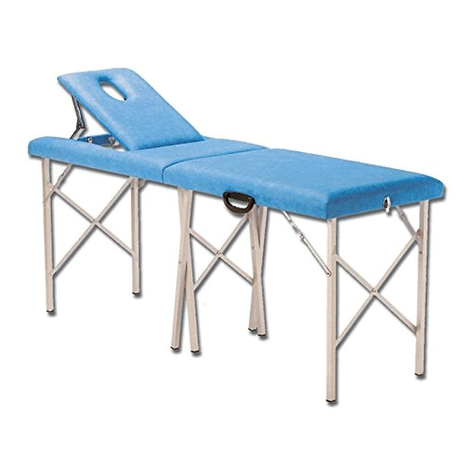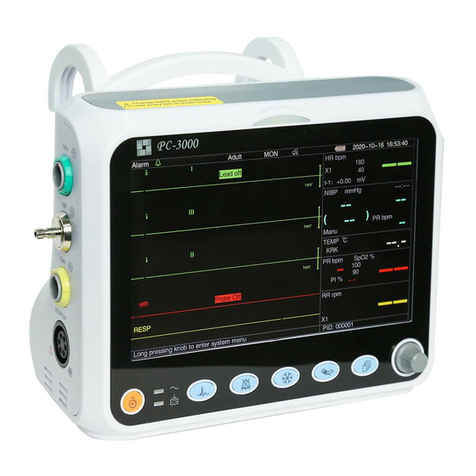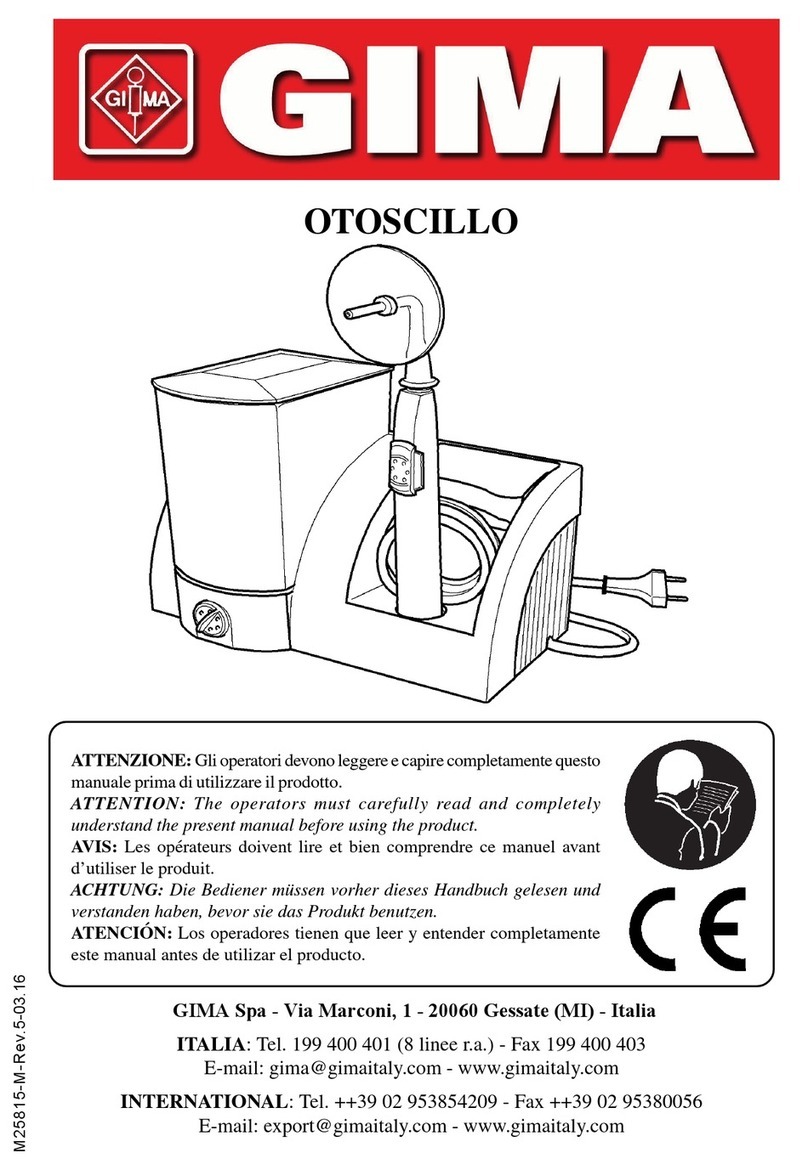
60
3.3 History Data Review Screen............................................................................... 93
3.4 Data Uploading................................................................................................... 94
Chapter 4 TECHNICAL SPECIFICATIONS........................................................................ 94
4.1 Blood Pressure Measurement ............................................................................94
4.2 SpO2Measurement............................................................................................95
4.3 Pulse Rate Measurement ................................................................................... 97
4.4 Temperature Measurement................................................................................. 97
4.5 Blood Glucose Measurement (Optional).............................................................97
4.6 ECG Measurement (Optional)............................................................................. 97
4.7 Others.................................................................................................................98
4.7.1 Operating Environment..............................................................................98
4.7.2 Classication .............................................................................................99
Chapter 5 TROUBLESHOOTING .....................................................................................100
Chapter 6 ERROR MESSAGE INTERPRETING ..............................................................101
Chapter 7 PACKING LIST................................................................................................. 102
Chapter 8 MAINTENANCE AND SERVICE...................................................................... 103
8.1 Technical Maintenances ...................................................................................103
8.1.1 Daily Examination .................................................................................... 103
8.1.2 Routine Maintenance...............................................................................103
8.1.3 Battery Maintenance ...............................................................................104
8.2 Cleaning and Disinfection of the Main Unit ...................................................... 105
8.3 Cleaning and Disinfection of Accessories ........................................................106
8.4 Storage .............................................................................................................106
8.5 Transportation................................................................................................... 107
Appendix I Classication of Blood Pressure Level......................................................... 107
ENGLISH
